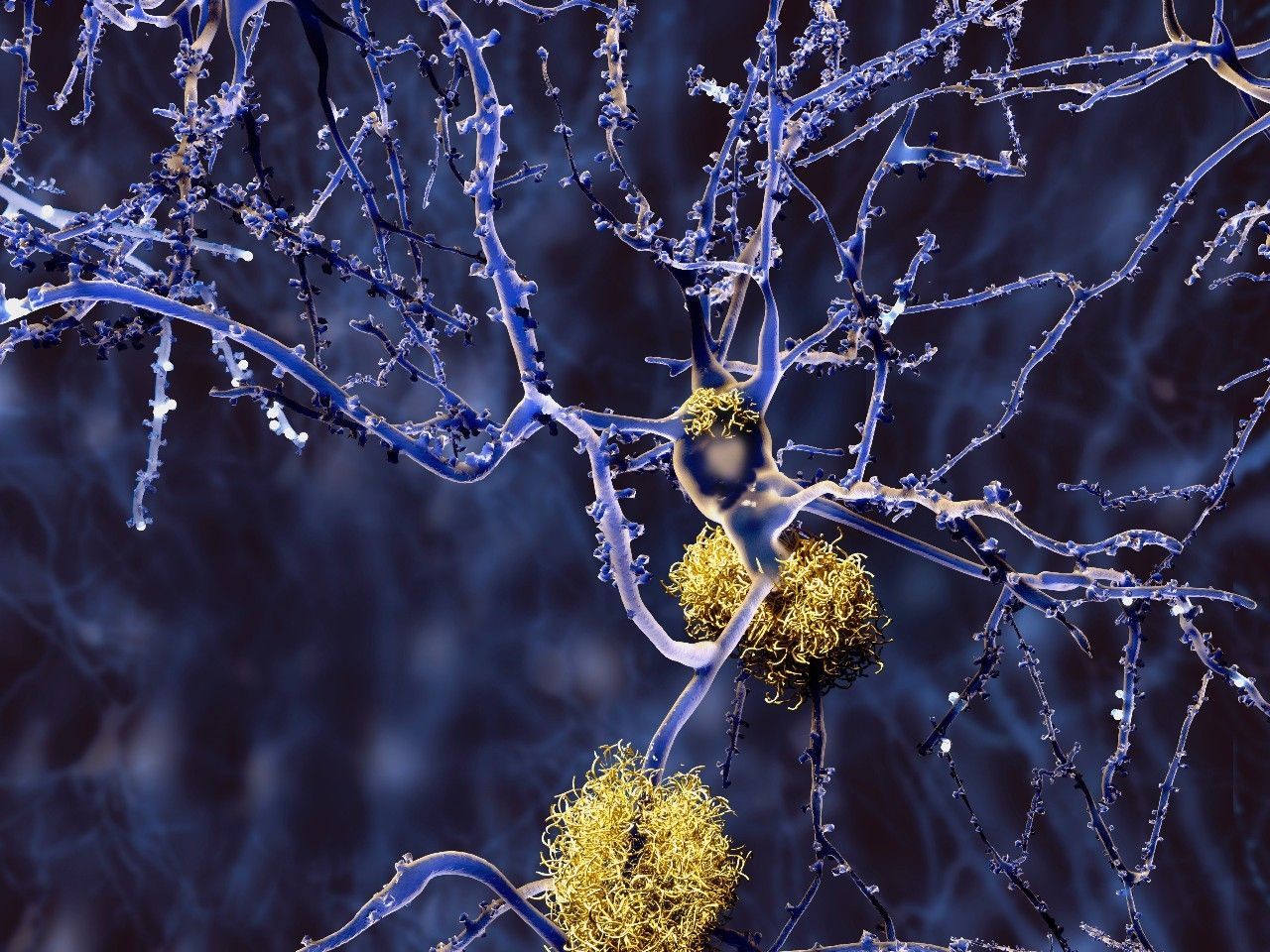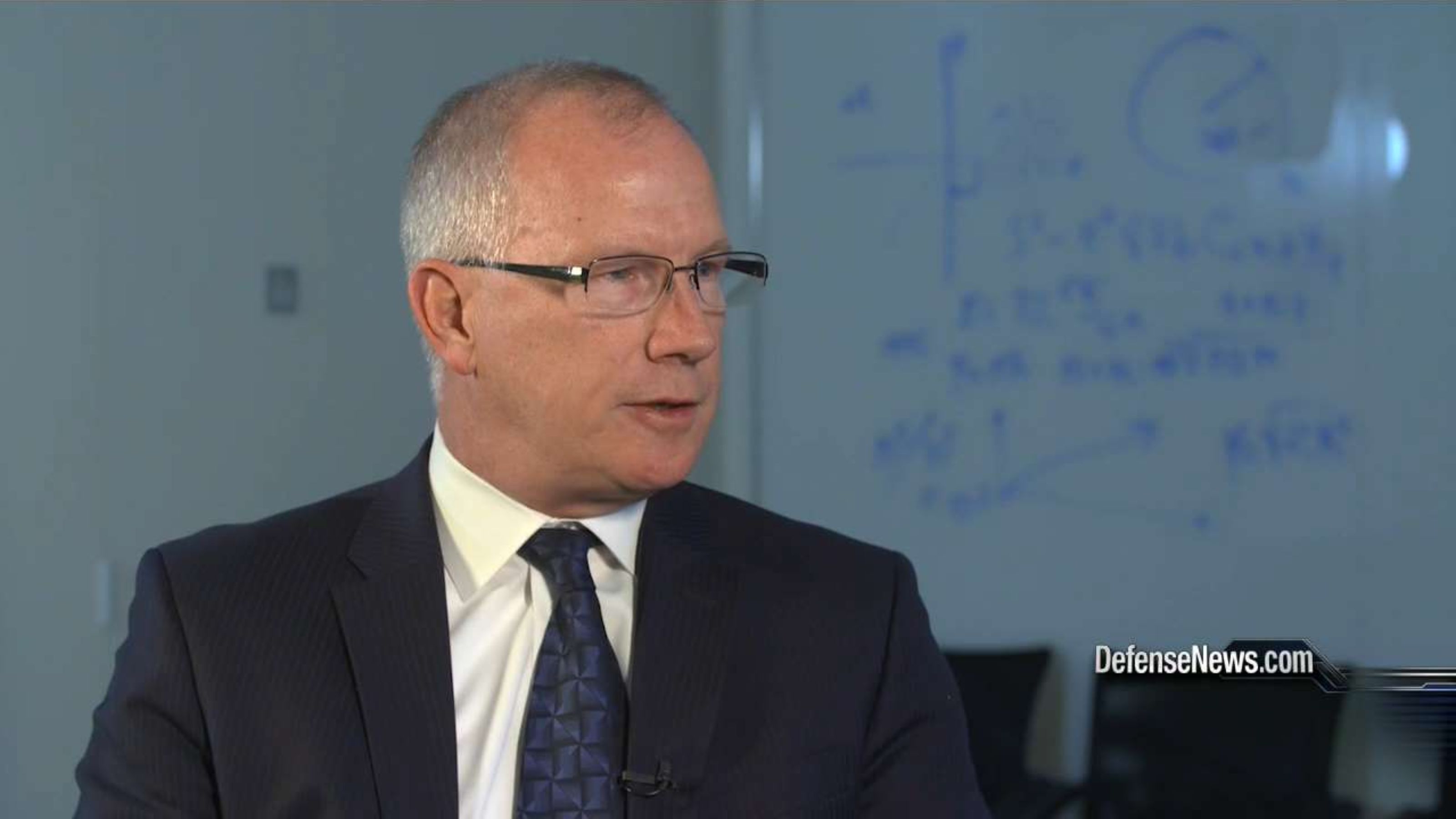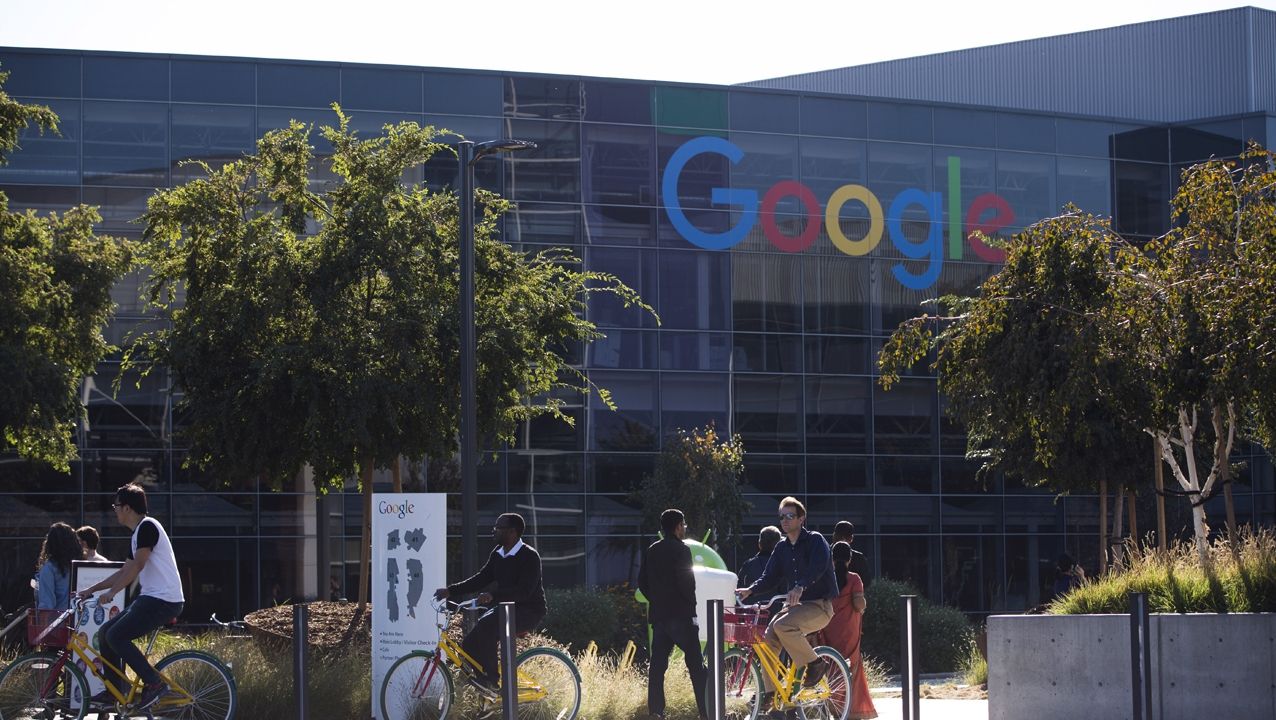Page 11567
Apr 25, 2016
Interfering with brain pathway early could improve memory in Alzheimer’s patients
Posted by Karen Hurst in categories: biotech/medical, health, neuroscience
This makes me a little nervous because pathways are very fragile and just the smallest change can result is some very bad/ even devastating results in other areas of the brain/ body.
Alzheimer’s remains one of the costliest yet most mysterious conditions in the United States, where an estimated 5.1 million Americans are living with the incurable, progressive disease. But researchers at The Rockefeller University have found that manipulating a protein pathway linked with Alzheimer’s helped improve memory impairment in mice— a finding that offers hope for new treatment in humans. Memory loss is the hallmark symptom of the disease.
Scientists with the Fisher Center for Alzheimer’s Research Foundation at The Rockefeller University used a complex set of imaging technologies and experiments to identify an early trafficking protein pathway (COPI) that affects amyloid precursor protein (APP), which precedes the formation of amyloid plaques. Previous research on Alzheimer’s have targeted this plaque, but scientists haven’t successfully identified a way to halt its progression. There is currently no cure or effective treatment for the disease.
Apr 25, 2016
Reliability of material simulations put to test
Posted by Karen Hurst in categories: computing, quantum physics
Change is good; looks like we’re about to re-review some existing simulation codes around Quantum Mechanic Simulation.
Researchers show that new generations of quantum mechanical simulation codes agree better than earlier generations’. The study appears in Science.
Several international scientists from over 30 universities and institutes teamed to investigate to what extent quantum simulations of material properties agree when they are performed by different researchers and with different software. Torbjörn Björkman from Åbo Akademi participated from Finland. Björkman has previously worked at COMP Centre of Excellende at Aalto University. “A group of researchers compared the codes, and the results we got were more precise than in any other calculations before,” he said.
The possibility to produce identical results in independent yet identical researches is a corner stone of science. Only in this way science can identify ‘laws’, which lead to new insights and new technologies. However, several recent studies have pointed out that such reproducibility does not always come spontaneously. Even predictions by computer codes require caution, since the way in which theoretical models are implemented may affect simulation results.
Space is hot again.
Bradford Tousley, DARPA’s director of tactical technology, discusses DARPA’s XS-1 Space Plane and Phoenix programs, hypersonics, and more.
Apr 25, 2016
DARPA’s Vertical Takeoff/Landing X-Plane Takes Its First Flight
Posted by Karen Hurst in category: transportation

Vertical take-off has been around a long long time. Take a look at the Harrier Jet.
At 20 percent scale.
Continue reading “DARPA’s Vertical Takeoff/Landing X-Plane Takes Its First Flight” »
Apr 25, 2016
New Tools for Human-Machine Collaborative Design
Posted by Karen Hurst in categories: computing, information science
Nice; taking design and manufacturing to new levels.
Advanced materials are increasingly embodying counterintuitive properties, such as extreme strength and super lightness, while additive manufacturing and other new technologies are vastly improving the ability to fashion these novel materials into shapes that would previously have been extremely costly or even impossible to create. Generating new designs that fully exploit these properties, however, has proven extremely challenging. Conventional design technologies, representations, and algorithms are inherently constrained by outdated presumptions about material properties and manufacturing methods. As a result, today’s design technologies are simply not able to bring to fruition the enormous level of physical detail and complexity made possible with cutting-edge manufacturing capabilities and materials.
To address this mismatch, DARPA today announced its TRAnsformative DESign (TRADES) program. TRADES is a fundamental research effort to develop new mathematics and algorithms that can more fully take advantage of the almost boundless design space that has been enabled by new materials and fabrication methods.
“The structural and functional complexities introduced by today’s advanced materials and manufacturing methods have exceeded our capacity to simultaneously optimize all the variables involved,” said Jan Vandenbrande, DARPA program manager. “We have reached the fundamental limits of what our computer-aided design tools and processes can handle, and need revolutionary new tools that can take requirements from a human designer and propose radically new concepts, shapes and structures that would likely never be conceived by even our best design programs today, much less by a human alone.”
Continue reading “New Tools for Human-Machine Collaborative Design” »
Apr 25, 2016
DARPA to service satellites in space
Posted by Karen Hurst in categories: energy, military, robotics/AI, satellites
 Satellites operators have been longing for it for decades, and DARPA (once again?) is turning their dream into reality: on March 25, one of America’s most futuristic agency announced it would launch a public-private partnership to provide in-orbit servicing to geosynchronous satellites, both commercial and military.
Satellites operators have been longing for it for decades, and DARPA (once again?) is turning their dream into reality: on March 25, one of America’s most futuristic agency announced it would launch a public-private partnership to provide in-orbit servicing to geosynchronous satellites, both commercial and military.
The program dubbed Robotic Servicing of Geosynchronous Satellites (RSGS) will be a major breakthrough for the satellite industry world. Since Sputnik’s launch, the biggest weakness of satellites was that, once on orbit, nothing could be done if something went wrong or once the fuel tank ran dry. A rather embarrassing issue when considering how pricey such platforms are. The only maintenance and repair operations performed to date were manned (Hubble telescope, ISS). The agency announced that it would allocate RSGS $500mn over the next few years, supplemented by commercial partner investment.
DARPA’s RSGS is composed of two elements: the arm that will dock and manipulate the satellite, and the space ship carrying it. Regarding the first element, the agency will provide its Front-end Robotics Enabling Near-term Demonstration (FREND) technology. The prototype of the FREND arm was built for the agency by the California-based company Alliance Space Systems. The robotic arm will enable it to dock with satellites and carry out maintenance.
Apr 25, 2016
Google building Area 120, an in-house incubator to avoid talent from leaving
Posted by Karen Hurst in category: business
Google innovation lab — where innovators can join; but can never leave.
Google wants to retain its top talent and now has a plan for it! According to a report by TheInformation the company plans on building an in-house startup incubator internally known as Area 120.
This entrepreneurial space will let Google employees develop their ideas, which will be supported and funded by Google. The report further adds that executives Don Harrison and Bradley Horowitz will be managing the incubator. Once the business plan is drafted by employees, teams can work full time on the said project. After some months they get the option to either pitch for more funding and set out as a whole new company, adds the report.
Continue reading “Google building Area 120, an in-house incubator to avoid talent from leaving” »
Apr 25, 2016
DARPA wants someone to build the DoD a new secure Blockchain based messaging platform
Posted by Karen Hurst in categories: bitcoin, business, computing
I was talking to someone only last week about this plus leveraging GPU chips.
The United States Defense Advanced Research Projects Agency (DARPA) is advertising for a business to assist it in building a secure messaging app using distributed ledger (Blockchain) technology for the Department of Defense (DoD).
An advertisement for the role appeared on the Defense Business portal and states that there is a “critical DoD need to develop a secure messaging and transaction platform accessible via web browser or standalone native application.”
Apr 25, 2016
Imaging Advantage and MIT to create artificial intelligence X-ray engine
Posted by Karen Hurst in categories: cybercrime/malcode, robotics/AI
Hmmm; wonder what the ransomware hackers will do with this one.
Seven billion radiological images.
Courtesy: Imaging Advantage.
Continue reading “Imaging Advantage and MIT to create artificial intelligence X-ray engine” »













